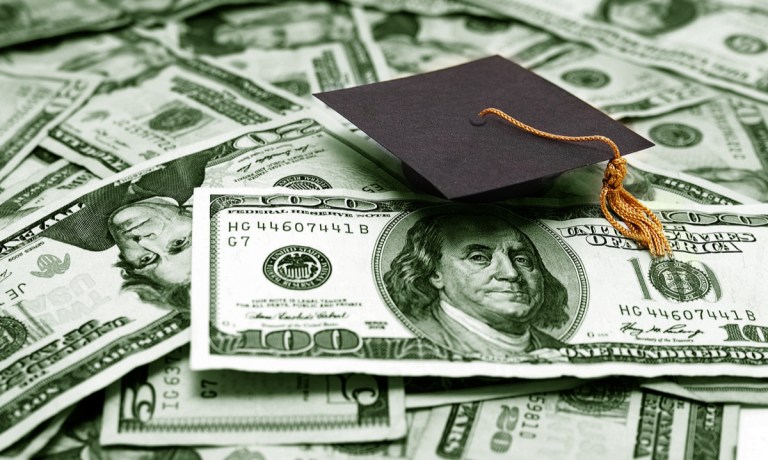Some Borrowers See Student Loan Relief Despite Court Ruling

Earlier this summer, the Supreme Court struck down President Joe Biden’s student loan forgiveness plan.
It was bad news for many borrowers, but not all of them. As Bloomberg News reported Sunday (Aug. 20), some borrowers have still had their balances erased, weeks before monthly loan payments are set to resume.
That’s because the federal Department of Education has begun forgiving $39 billion in debt for more than 800,000 borrowers who signed up for income-driven repayment (IDR) plans and had made payments for at least 20 years.
Among them was 52-year-old Los Angeles resident Shannon Short, who had been in debt since enrolling in college 35 years ago, and saw a $299,000 loan balance slashed to zero. He’d been preparing to resume $700 monthly payments in October.
“I sat there and cried for 20 minutes,” Short told Bloomberg. “This has changed my whole financial future.”
The report – citing information from the Government Accountability Office – says that IDR and public service loan forgiveness programs have for decades helped borrowers wipe away their balances. However, recordkeeping errors meant that low levels of debt have actually been wiped away.
According to Bloomberg, the administration is now trying to address longtime frustrations by adjusting records so that some eligible borrowers could get their balances discharged.
As for the borrowers who will resume making payments this fall, recent reporting and research by PYMNTS suggests this shift will impact consumer spending patterns, a trend on display last week in Target’s quarterly earnings report.
PYMNTS’ research found millennials, a main Target shopping demographic, are due to lose 6.5% of their spending power in fall when repayments start up again.
“Part of that budgetary pullback will no doubt hit further discretionary purchases, with preparation for this belt-tightening perhaps already reflected in the big box retailer’s most recent earnings release,” PYMNTS wrote last week.
The Supreme Court’s June 30 ruling means that roughly $400 billion of student debt will remain on the books.
In terms of the household spending impact, the plan would have wiped out as much as $10,000 in federal student loans for people making less than $125,000 per year, and households earning less than $250,000.
Meanwhile, some consumers say they have no plans to make student loan payments once October comes, according to PYMNTS’ July Consumer Inflation Sentiment report.
While most consumers at least intend to repay their loans — some have already begun doing so — 36% said they were worried about their ability to take on the added payments while also covering their current bills.
“Therefore, some of these repayment refusals may be because these consumers simply cannot add student loan payments to their budgets without going completely underwater financially,” PYMNTS wrote in July.